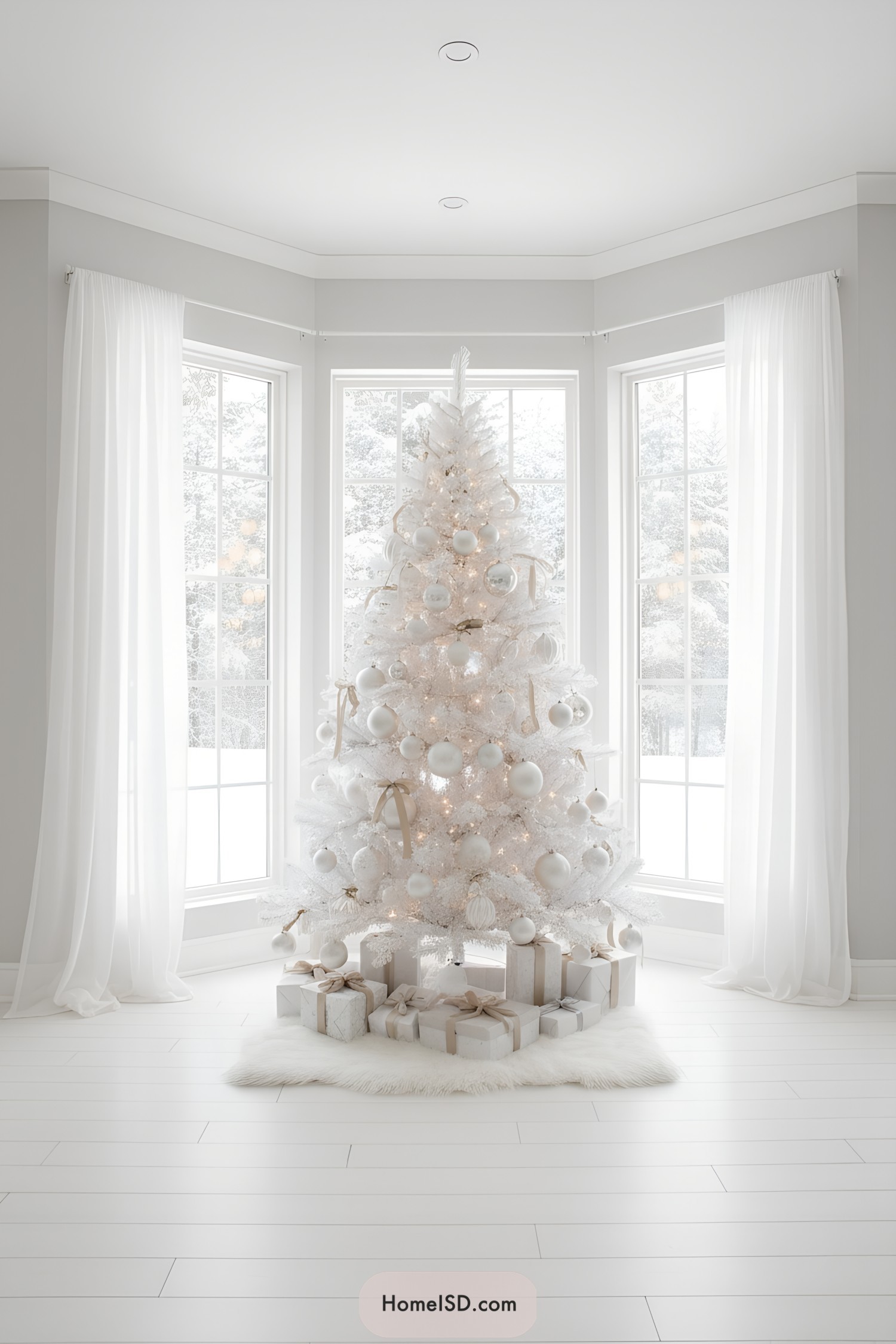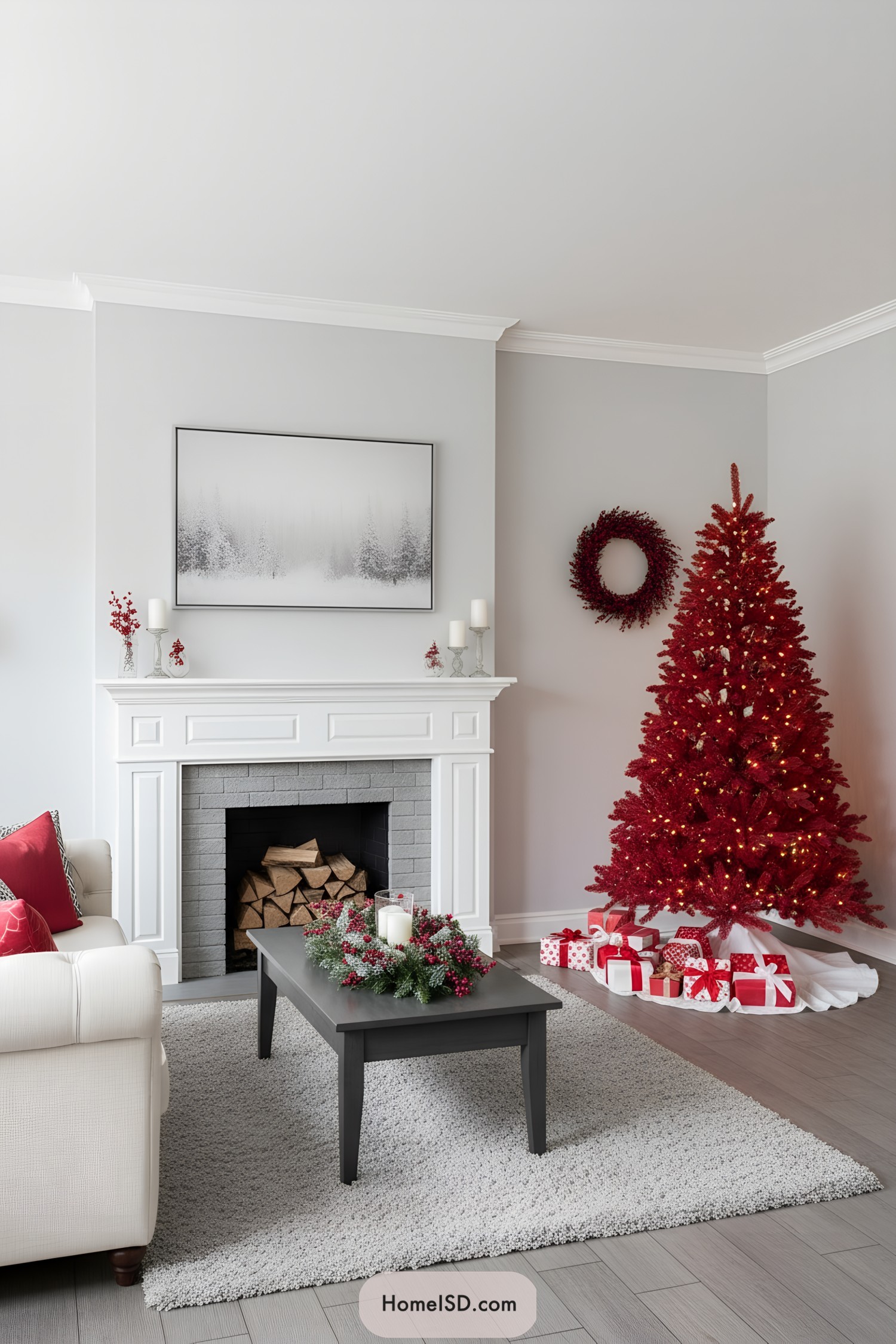Last updated on
The main difference between blinds and curtains is that the blinds typically cover only the inside of the window frame and the curtains cover the space around the window.
This makes a big difference in styling — you have more decor options with curtains and window treatments. However, blinds offer a lot more function and light control.
So, blinds or curtains? Which one should you choose?
The choice between blinds and curtains is often a matter of personal preference. Some prefer the look of blinds, while others prefer the privacy of curtains.
Blinds are typically easier to install, but they require regular maintenance. Curtains are usually less expensive, but they don’t offer much privacy.
Let’s compare the two by every criterion to help you choose or perhaps combine them. Let’s begin!
The Main Difference Between Blinds and Curtains

The fundamental difference between blinds and curtains is the window covering options. Blinds serve as a direct covering for the window. Conversely, people hang curtains above the window, and the curtains hang inches in front of it.
Once installed, blinds virtually adhere to the window, almost serving as a part of the window itself. Curtains swing freely in space as decor for the window.
The following are the aspects where blinds differ from the curtains.
Light Control
Blinds provide great light-control flexibility. The lift cord allows for horizontal or vertical manipulation of the blinds. These actions serve as a coarse adjustment—admitting or decreasing large sums of light. The tilt wand acts as a fine-control mechanism for light, allowing the homeowner to increase or decrease it in small increments.
Curtains lack these control mechanisms but can shut out nearly all light when closed. Flexibility in terms of light control is often an essential measure for consumers.
Longevity
Blinds last longer than curtains. Blinds are constructed from polymer-coated wood, plastic, aluminum, and vinyl materials. Such materials resist staining and degradation. Comparing blinds with curtains, it becomes clear that blinds maintain functionality and appearance for one to 2 decades.
The fabrics of curtains are susceptible to tearing, fraying, fading, molding, and staining. Most homeowners replace curtains within ten years. Whether or not there are small children in the household influences the choice between curtains and blinds.
Insulation and Soundproofing
The characteristics of curtains provide superior insulation and soundproofing in comparison to blinds. Curtains are homogeneous structures that exist as barriers to heat and sound. They resist heat loss in a room and muffle or smother incoming sounds and noises. The insulating properties of curtains equate to reduced heating bills during the winter months.
Blinds, too, offer benefits in terms of soundproofing and insulation. The slats inherent to the design and utility of blinds allow for more heat and sound transmission. Thicker products emanating from the manufacture of curtains and blinds enhance both insulating and soundproofing qualities.
Design Options
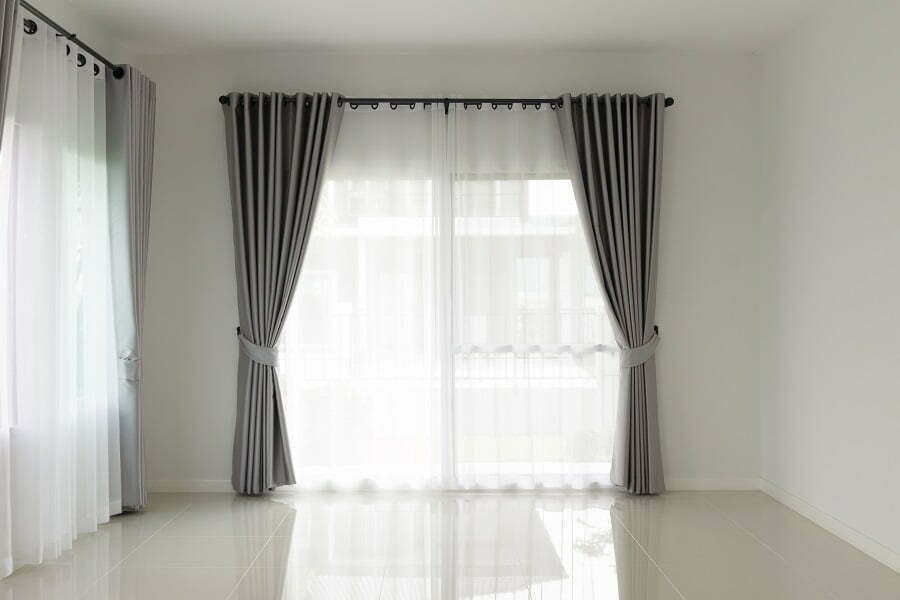
Curtains reward homeowners with a wide array of design options and they have many alternatives. Curtains come in different colors, different patterns, and different styles. They also feature diverse materials and textures ranging from polyester to silk to satin. Manufacturers produce curtains with designs that support the theme of a bathroom, living room, or kitchen.
Blinds are more limited than curtains as far as creating decor value. They offer many options in terms of style too but they are rather limited due to their specific slatted design. Even so, manufacturers continue to include more imaginative elements in the production of blinds. There are alternatives to blinds too.
Material Options
Curtains are made of a variety of fabrics but the choice is somewhat limited. Blinds on the other hand have a wide range of materials. Materials vary from wood, cotton to linen to canvas to bamboo to metal. Some manufacturers even use recycled materials such as cardboard, paper, and plastic, which is important if you’re looking for sustainability.
Types of Windows
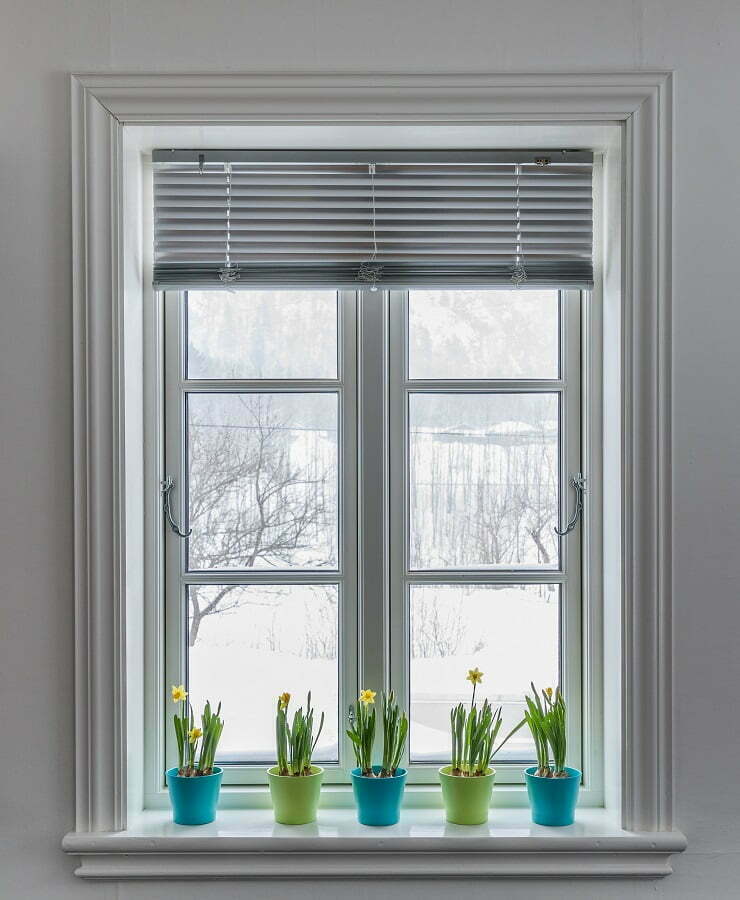
Homeowners and professionals still use curtains on a broad array of windows. They combine the curtains with other features for enhancement purposes. Single- and double-hung windows often feature curtains with Roman shades. Designers also use curtains for sliding windows. Bay windows and bow windows receive an enlightened touch from curtain arrangements. Curtains also accentuate distinct types of specialty windows.
Designers have also found diverse ways of incorporating blinds into specialty arrangements. Blinds dominate as choices for consumers who use them as treatments for standard windows. Blinds, along with panels, continue finding their way into treatment creations for a growing number of designs. Mini blinds are still stylish for small windows.
Size of the Room
Curtains are often the better choice in large rooms. Beautiful, elegant curtains add to the majesty of such rooms and enhance their allure. They give profound appeal to living rooms, bedrooms, and stately dining rooms. Blinds work better in small rooms. Personal choice and taste will also impact choices in these areas.
Safety
Cribs and beds for youngsters should always be positioned away from window pull cords and curtains. Owners should replace older curtains and blinds to alleviate their dangers. Older curtains and blinds that owners cannot replace should be retrofitted with safety enhancements. One way to do this is to shorten cord loops and attach safety tassels on pull ropes. Once pull cords are extended, they should be secured in positions that lie beyond the reaches of youngsters.
Cost Comparison
The window size presents one variable, and the type of material furnishes another. In general, blinds usually cost less than curtains.
The cost of installing blinds ranges from $40 to $95 per window. Installation of blinds in an entire home can cost from $350 to $750.
Curtains are priced from $60 to $300 per window. For an average-sized home, this equates to a cost range stretching from about $500 to $2,000.
The installation of curtains will present the homeowner with a bigger price tag. Prices continue to fluctuate as more products come into the market.
Installation and Maintenance
Pros install blinds quickly and easily. A technician can accomplish the feat in less than 30 minutes. It will take them an hour or more to install the brackets and rods associated with curtain installation. Blinds simplify installation and maintenance concerns for consumers.
Blinds are simple to clean, usually requiring dusting or gentle scrubbing. Dusting and cleaning should be performed on both sides of the blinds. The process involves water and a simple cleaning solution. Cleaning and maintaining curtains call for vacuuming and spritzing.
Those driven to clean can find specialty cleaning solutions online. In some cases, curtains should be tossed into the washing machine and ironed as needed. Manufacturers suggest that only professional cleaners should scrub some brands.
Energy Efficiency
Both curtains and blinds are remarkably energy efficient. Energy efficiency improves all the time as advancements take place in the industry. Blinds, in general, lose more heat per room than curtains permit. Curtains are about three times as efficient as blinds during the colder months.
This manifestation reverses during the warmer months, and blinds become more efficient than curtains. Blinds reduce energy costs by limiting heat gain in the summertime. The time of year determines whether blinds or curtains rank as the better choice.
Blinds vs. Curtains by Room
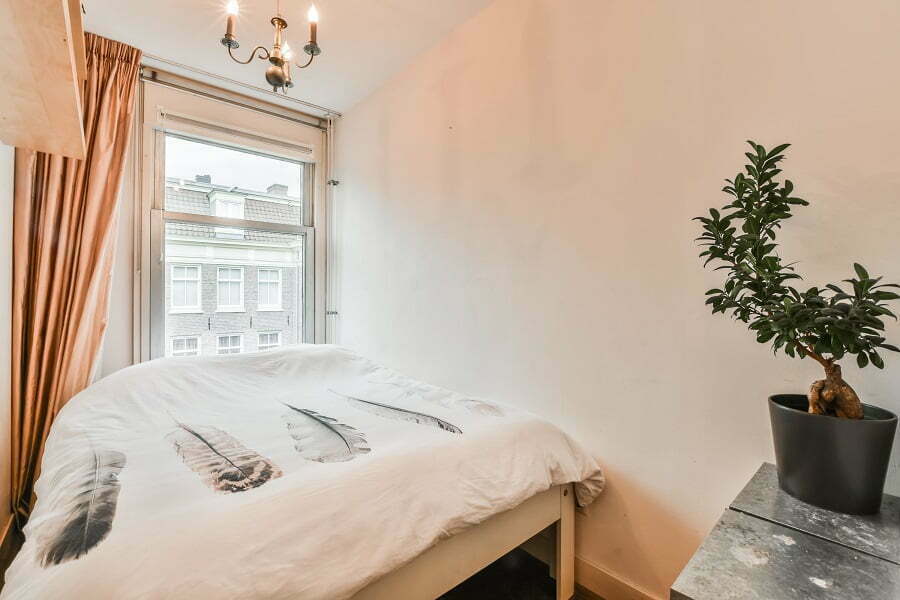
A room and its function often determine whether individuals will install blinds or curtains. Curtains are a natural choice in bedrooms and living rooms. These rooms are devoid of moisture concerns.
Moisture becomes a consideration in kitchens and bathrooms. Blinds are a safer choice in these rooms because they are resistant to the ravages of mold and mildew.
Blackout Curtains vs. Blinds
Blackout curtains and blinds provide more options and choices to consumers. Stylistic considerations often play a role in choosing curtains over blinds. Geography sometimes plays its part as well. Curtains furnish better thermal insulation while also providing a better reduction of noise (soundproofing). They also ensure greater privacy and offer more choices in design.
Blinds prevail as the better option in humid, hot regions. They allow for more efficient light control and occupy less space. Homeowners find the blinds easier to maintain. Remote control is often an added benefit of the installation process.
Pair Blinds and Curtains to Make the Best of Both
You can sometimes find it beneficial to install both blinds and curtains. Due to the characteristics involved, curtains work better in specific places and blinds in others. For example, sheer curtains provide better light filtering while maintaining privacy, while the blinds can block the light completely. You can use sheers during the day and close the blinds at night.
You can occasionally opt to use blinds and curtains on the same window. The layering process produces a greater degree of intimacy and provides a heightened level of privacy. Let’s not forget the decor value as well. If the blinds look pale in comparison, you can dress them up with drapes and use both when needed.
FAQ
Curtains and blinds are two different types of window covering. Both serve their purpose and are extremely useful in certain situations. It’s best to understand the differences between them before making a decision.
The most obvious advantage is that blinds block out sunlight. They also offer a higher level of privacy. Blinds are typically made from fabric and do not require maintenance like curtains.
Yes, blinds are generally cheaper than curtains. However, this depends on which type you choose. Blinds cost around $20-$30 each. Curtains run anywhere from $40-$100 each.
Elegance is subjective. Some people prefer blinds over curtains. Others think the reverse. If you want to make your home look more attractive, go for blinds.
Yes, blind panels can be installed in any bedroom. You may need to consider the size of the window and the amount of light required.
Yes, you can put curtains over the blinds. In some cases, this setup provides more elegance and decor value and better light control.
Blinds depending on the type can provide some thermal insulation. This means that they prevent heat from escaping through the window.
Recap
